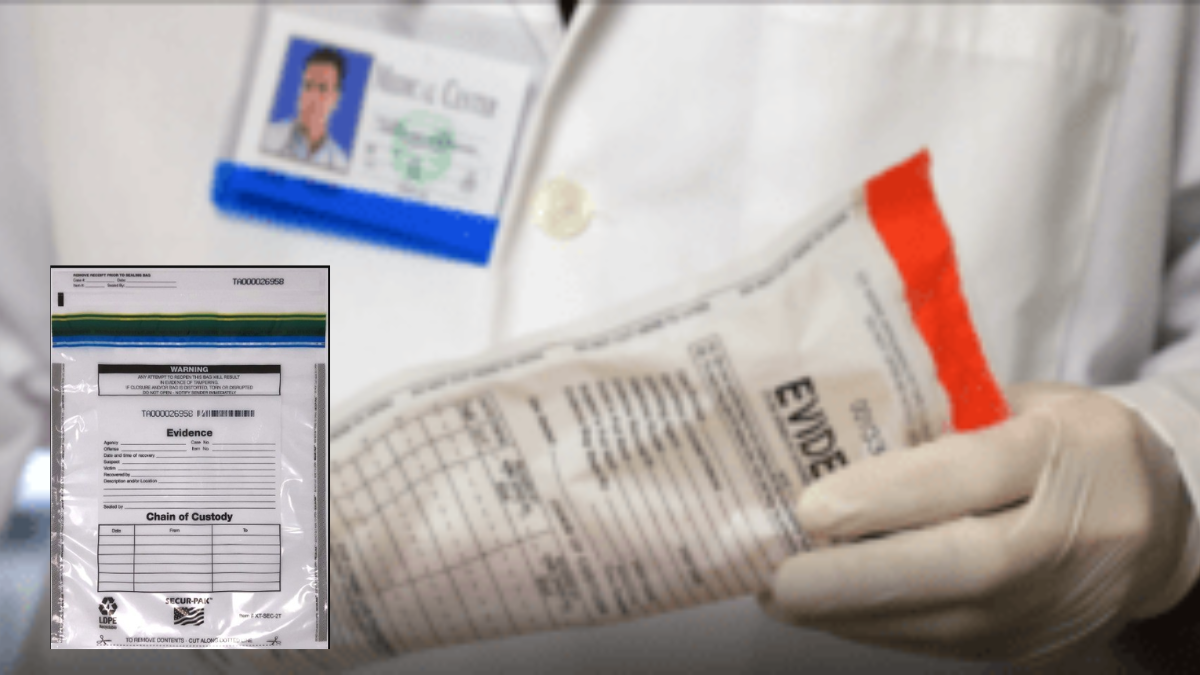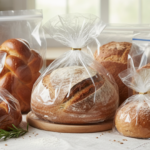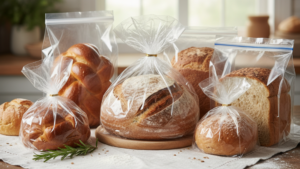
Tips on How to Choose the Right Bullet Casing Evidence Bags

Bullet casings are one of the most common pieces of evidence collected from crime scenes, and their preservation is crucial for investigations.
Choosing the right bullet casing evidence bags can make a significant difference in maintaining the integrity of the evidence.
Forensic or law enforcement agencies need to choose the right evidence bags for bullet casings to ensure they are properly preserved and handled.
Why Proper Evidence Bags Matter
Before diving into the specifics of choosing the right evidence bags, it’s important to understand why proper evidence handling is so essential. Bullet casings can provide valuable information, such as:
- Ballistic analysis: Matching the casing to the firearm used.
- DNA evidence: Traces of DNA from the person who handled the ammunition.
- Fingerprint evidence: Latent prints left on the casing.
Improper handling or storage can compromise this evidence, potentially jeopardizing an investigation. Therefore, selecting the right evidence bags is a critical step in the evidence management process.
Key Factors to Consider
When choosing bullet casing evidence bags, consider the following factors:
Material
The material of the evidence bag plays a crucial role in preserving the integrity of bullet casings.
- Paper Bags: Often used for their breathability, paper bags are ideal for preventing moisture build-up, which can cause biological evidence to degrade. However, they might not be as protective against physical damage.
- Plastic Bags: These are useful for protecting evidence from physical damage and contamination. However, they can trap moisture, which may not be suitable for biological evidence. If plastic bags are used, it is important to ensure that the casings are dry before sealing.
- Tyvek Bags: Made from high-density polyethylene fibers, Tyvek bags combine the benefits of both paper and plastic. They are breathable, preventing moisture accumulation, and are also durable, protecting against physical damage.
Size
The size of the evidence bag should be appropriate for the bullet casings being stored. The bag should be large enough to avoid crowding the casings, which can cause them to rub against each other and potentially damage important markings or trace evidence. But it shouldn’t be so big that the shells wiggle around inside the bag too much.
Mechanism of Sealing
Evidence bags must be sealed properly to prevent contamination or tampering with the contents.
- Tamper-Evident Seals: These seals make it evident whether the bag has been opened or not. This is important for maintaining the chain of custody and ensuring the integrity of the evidence.
Adhesive Seals: Adhesive seals can be convenient and secure, but it is essential to ensure they provide tamper evidence. Labels should be applied across the seal to ensure any tampering is noticeable.
Labeling and Documentation
Clear labeling and documentation are important for maintaining the chain of custody and ensuring that evidence can be easily identified.
- Pre-Printed Labels: Some evidence bags come with pre-printed labels that include fields for case numbers, dates, and other important information. These can save time and help ensure consistency.
- Writable Surfaces: Bags with writable surfaces allow for additional notes and information to be added directly onto the bag. This can be useful for adding specific details about the evidence.
Durability
Evidence bags should be durable enough to withstand handling, transport, and storage without tearing or degrading.
- Tear-Resistant Materials: Choosing bags made from tear-resistant materials helps ensure that they remain intact, protecting the evidence inside.
- Puncture-Resistant Materials: Bullet casings can have sharp edges that might puncture weaker materials. Ensuring the bag is puncture-resistant helps protect both the evidence and the people handling it.
Specialized Evidence Bags
In some cases, specialized evidence bags may be necessary for bullet casings.
Anti-Static Bags
Bullet casings can sometimes contain trace amounts of explosives or gunshot residue, which might be sensitive to static electricity. Anti-static bags can help prevent the accumulation of static charges that could potentially affect this type of evidence.
Faraday Bags
For cases involving electronic evidence, such as casings with embedded RFID tags or other technology, Faraday bags can shield the evidence from electromagnetic interference.
Practical Tips for Handling Bullet Casings
Proper Collection Techniques
When collecting bullet casings from a crime scene, it is essential to handle them with care to avoid contamination or damage.
- Use Gloves: Always wear gloves to prevent the transfer of fingerprints or DNA.
- Use Tools: Use tweezers or other tools to pick up casings to avoid direct contact.
- Document the Scene: Take photographs and document the location of each casing before collecting it.
Storage Conditions
Proper storage conditions are essential to preserve the integrity of bullet casings.
- Avoid Moisture: Store evidence in a dry environment to prevent corrosion or biological degradation.
- Control Temperature: Extreme temperatures can affect the integrity of some types of evidence. Store casings in a controlled environment.
- Avoid Contaminants: Store evidence in a clean area away from potential contaminants, such as chemicals or other evidence.
Conclusion
Choosing the right bullet casing evidence bags is a critical step in the evidence management process. It takes you to consider factors like material, size, sealing mechanism, durability, and labeling to determine if the bag can meet your requirements.
Proper handling and storage techniques further safeguard the evidence, preserving its value for investigations and legal proceedings.
Share:
Get A Quick Quote
Social Media
Most Popular


How to Choose the Best Plastic Bread Bags for Freshness and Presentation

Top Vacuum Bags and Pouches to Keep Food Fresh Longer

Creative Ways to Use Custom T-Shirt Bags for Brand Promotion
Categories
Tags
Related Posts

Flat Pouch or Stand-Up Pouch? A Complete Packaging Comparison
In today’s competitive marketplace, choosing the right packaging can make all the difference for your product’s success. Whether you’re launching a new product or refreshing

How to Choose the Best Plastic Bread Bags for Freshness and Presentation
In today’s competitive baking industry, quality ingredients and expert recipes are only part of the equation. How your bread is packaged plays a crucial role

Top Vacuum Bags and Pouches to Keep Food Fresh Longer
Keeping food fresh is still a common concern for any residential or commercial kitchen. One of the easiest and most successful ways to help preserve
